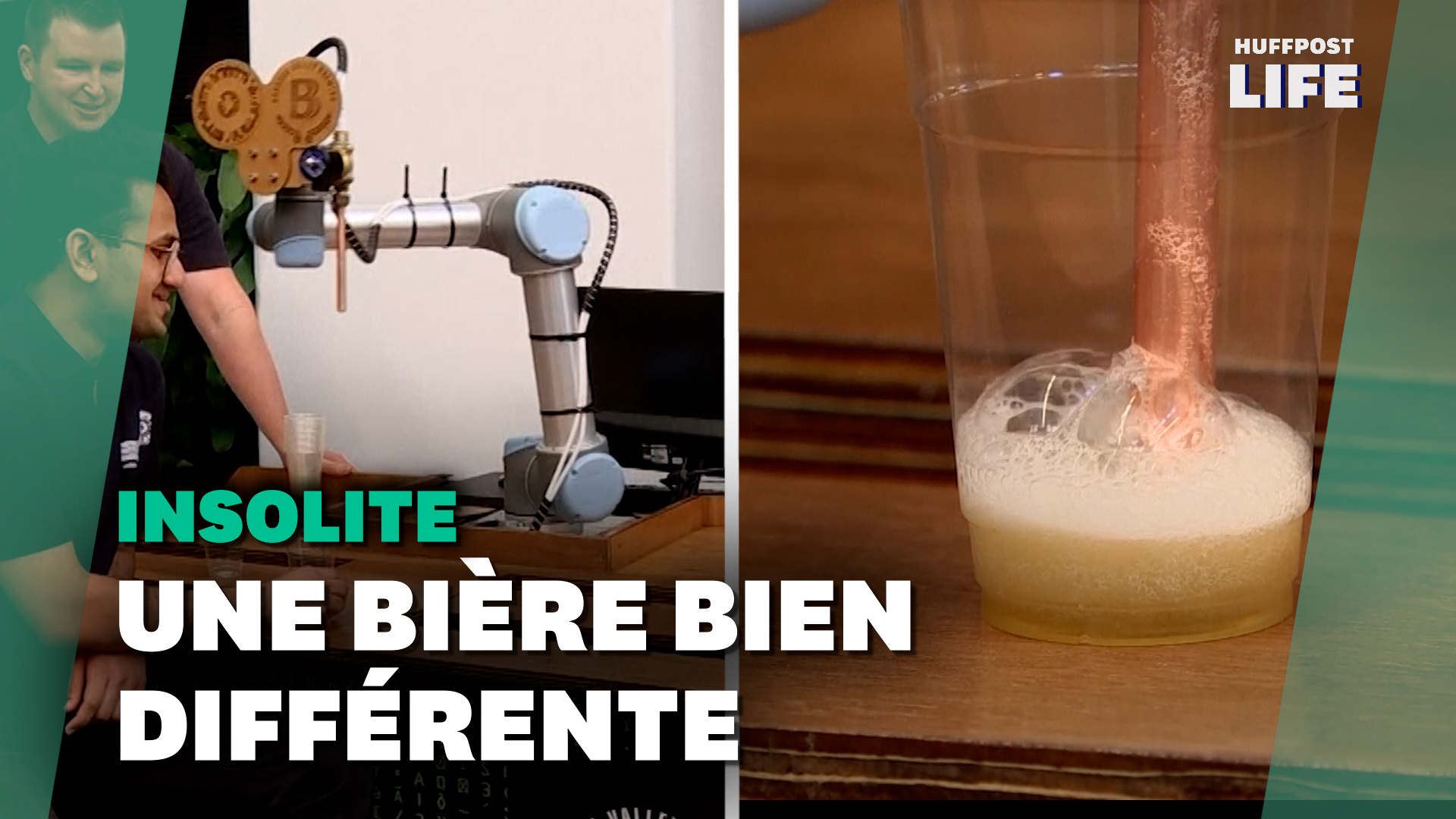SANTE - Un pont du 14 juillet, trois festivals majeurs (
Francofolies
,
Lollapalooza
et les
Vieilles Charues
), une vague de chaleur... Toutes les conditions réunies pour qu’une bonne partie de la France se rafraîchisse autour d’un
apéro
entre amis ce week-end.
Pour beaucoup, qui dit apéro dit
bière
, vin ou autre boisson alcoolisée. Mais il faut le rappeler, l’alcool est responsable de 8% des cancers en France. “À partir d’un verre par jour en moyenne, on considère que vous avez une consommation à risque”, explique au
HuffPost
Mathilde Touvier, directrice de l’équipe de recherche en épidémiologie nutritionnelle de l’Inserm.
Les Français sont-ils conscients de ce risque? En tout cas, depuis quelques années, à l’instar des laits et autres steaks végétaux, les
bières sans alcool
sont de plus en plus plébiscitées. En cinq ans, les ventes ont plus que doublé,
rappelle
le
JDD
. Se pose alors une question: est-ce qu’une
bière
sans alcool est “bonne” pour la santé? Et comparée à quoi?
Une bière sans alcool plutôt qu’une bière, c’est oui
“C’est mieux de boire une bière sans alcool qu’une bière normale”, affirme sans hésitation Mathilde Touvier. Encore une fois, l’impact néfaste de l’alcool sur la santé, passé une certaine consommation, n’est plus à démontrer.
“Boire de l’alcool une fois de temps en temps, cela ne pose probablement pas de problème. Encore une fois, c’est à partir d’un verre par jour qu’on a une augmentation du risque”, précise la chercheuse. Et plus on boit, plus le risque augmente. En conséquence, boire de temps en temps un verre d’alcool pour commencer l’apéro, puis passer à une boisson non alcoolisée fait sens. Mais est-ce qu’une bière sans alcool est meilleure ou pire pour la santé qu’un soda ou qu’un jus de fruits?
Face aux sodas et jus, la question du sucre
Concernant l’impact sur la santé des bières sans alcool, il n’y a pas à avoir peur du malte, de l’orge ou des autres ingrédients propres à la bière. “Il y a même des recherches qui font penser que les aliments fermentés seraient bénéfiques pour le microbiote”. Non, le problème de la bière sans alcool est ailleurs.
“La principale question vient du sucre”, explique Mathilde Touvier. L’impact des boissons sucrées sur la santé est plutôt bien cerné. “Le sucre favorise l’apparition de caries, de NASH ou ‘maladie du foie gras’, augmente la mortalité cardiovasculaire et le risque de diabète”, détaille la chercheuse. En conséquence, les recommandations nutritionnelles pour les boissons sucrées sont de ne pas en boire plus d’une par jour. Comme pour l’alcool.
Or, les bières sans alcool sont parfois très sucrées. “Pour en avoir le cœur net, il faut regarder la liste des ingrédients ou aller vérifier sur le site Open Food Facts”, conseille Mathilde Touvier. “Si l’on regarde une bière sans alcool classique, on voit que le sucre est le deuxième ingrédient, juste derrière l’eau. On a donc un nutriscore D. Certaines bières sans alcool ont un nutriscore de C car il n’y a pas ou moins de sucres ajoutés”.
Le nutriscore permet de vérifier la valeur nutritionnelle d’un produit (sucre, graisses saturées, sel...). Étiquette C, cela veut dire que la boisson ou l’aliment présente une qualité nutritionnelle moyenne. Pour “gagner des points en plus” et tendre vers les notes A ou B (ce qui reflète une meilleure qualité nutritionnelle), il faut que le produit comporte des éléments à favoriser dans l’alimentation générale, comme des fibres ou des protéines.
La boisson parfaite de l’été ne contient ni alcool ni sucre
“Il n’y a pas d’étude exhaustive, mais quand on regarde quelques références sur Open Food Facts, il semblerait que les bières sans alcool soient souvent moins sucrées que les sodas, par exemple”, note Mathilde Touvier. À l’inverse, les “ginger beer”, ces boissons gazeuses au gingembre sans alcool sont souvent très sucrées.
Pour faire les choses bien, il faut regarder les informations nutritionnelles (part de glucides, dont le sucre, apport en calories, etc). Mais attention, pour les bières comme les sodas, à un faux ami: les édulcorants comme l’aspartame. “Il ne faut pas recommander les boissons aux édulcorants”, met en garde la chercheuse.
Les études sur le sujet sont encore limitées et contradictoires sur le sujet, mais
des travaux récents
, publiés en mars 2022, semblent indiquer un lien entre consommation d’aspartame et cancer dans l’étude NutriNet-Santé.
Le message n’est donc pas de privilégier le sucre à l’aspartame, mais plutôt de privilégier des boissons sans (trop de) sucre ou édulcorants. “L’été, pour se rafraîchir, il faut clairement éviter l’alcool et les boissons sucrées, qui ne désaltèrent pas. Et choisir par exemple une citronnade ou un cocktail sans sucre avec de l’eau pétillante ou plate et une feuille de menthe”, conseille Mathilde Touvier.
À voir également sur
Le HuffPost
: Les boissons à privilégier ou à éviter face à la canicule
chevron_right



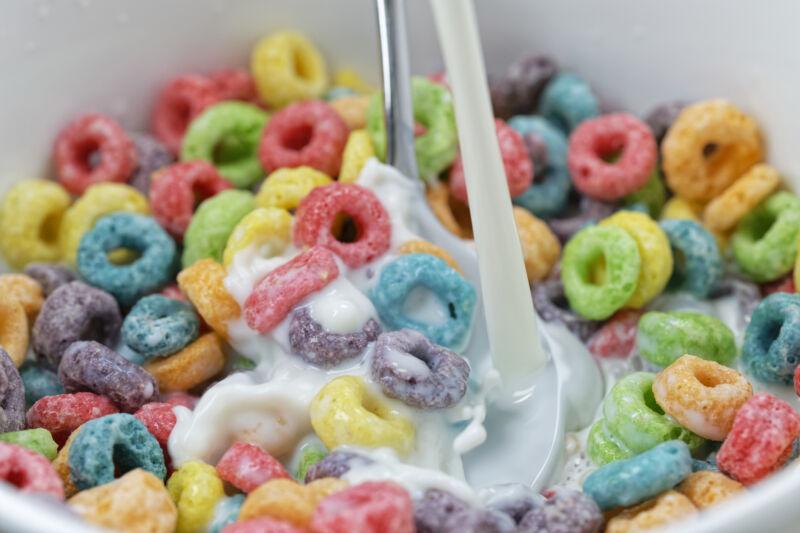

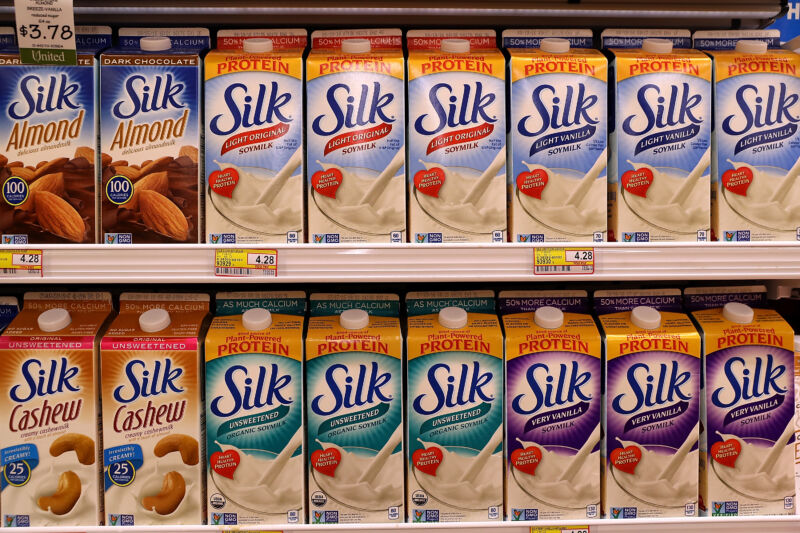
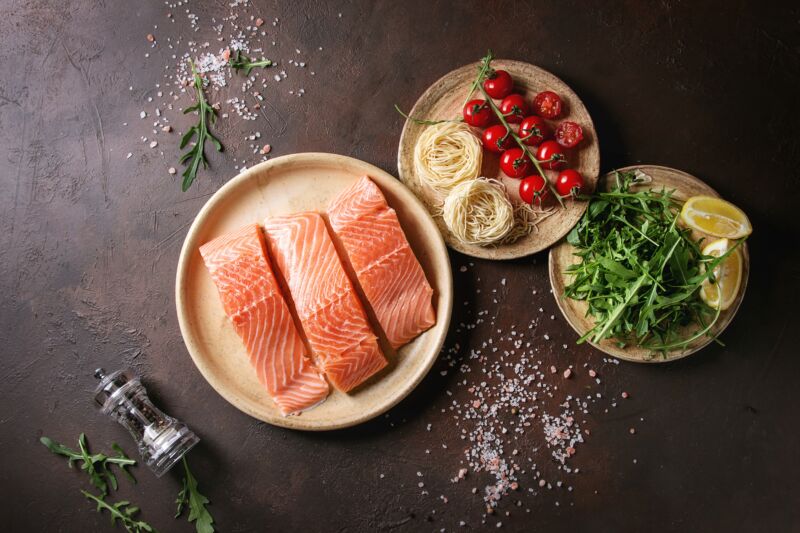

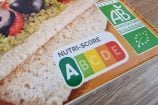


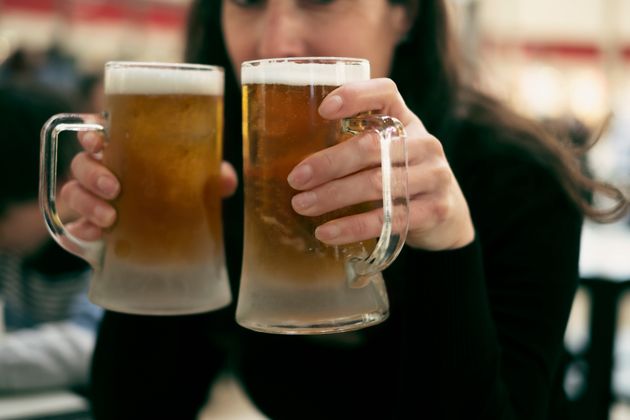 Happy woman drinks a lot of beer in mugs in such a funny alcoholic situation
Happy woman drinks a lot of beer in mugs in such a funny alcoholic situation
